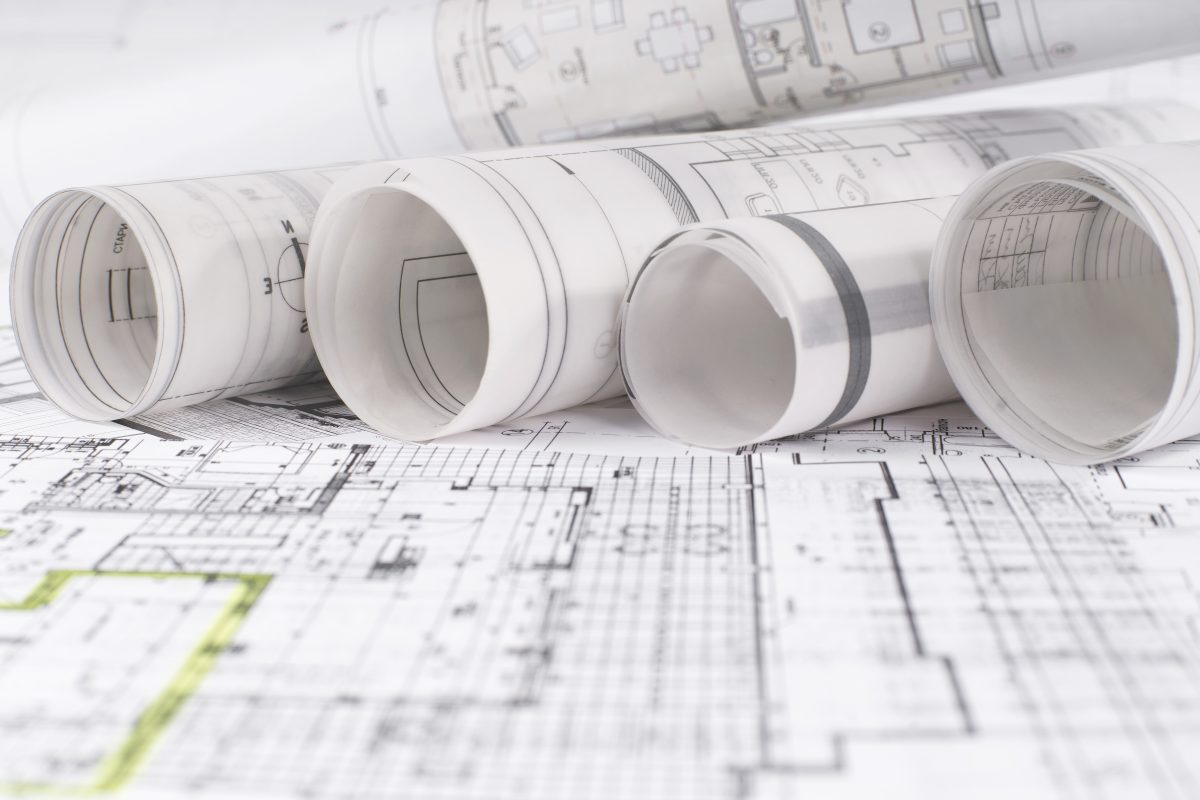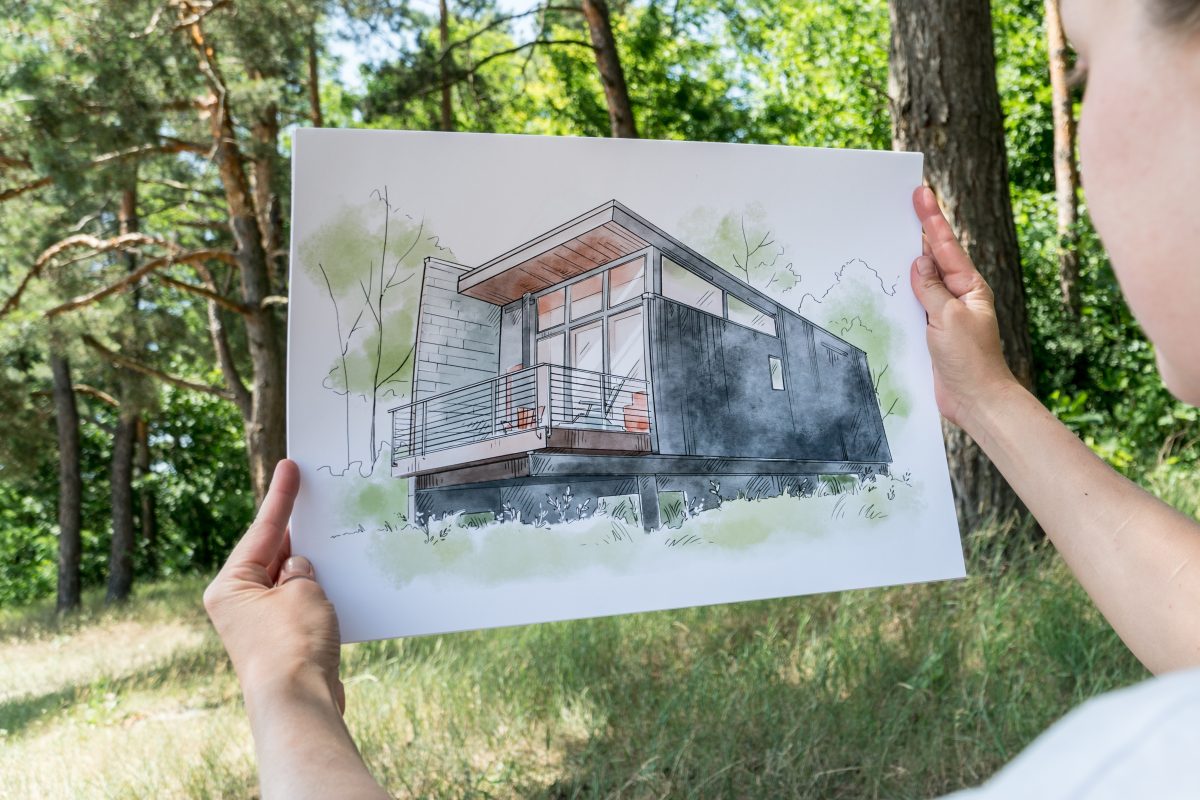Plans are integral to the building process. They convey all the information required to describe and construct your vision. The problem with plans is they can often appear to be written in a completely different language to what you thought was the local one. Different sections of the documents mean different things to different people. Think of it like different dialects of the same base language, whilst people from different regions may speak their own version of the language, they can still communicate with people from other regions in the base language.

Why is this important to you? Afterall, you’re not the actual builder or tradesperson doing the construction! Remember the part about it being your vision? We need to ensure the plans match the vision, and to do that we need to present the plans to you as well. You need to confirm that the plans are the correct representation. Don’t freak out just yet. There really is no need to pack your bags for building school and set off to learn this new language. All you need is an interpreter who can read both languages equally well and knows how to translate them into something that works for each party to the plan. This is where we step in, how lucky you are. With Design Science, we are actual builders too, we don’t just speak Building Design, we speak construction as well.
A fully detailed set of plans can quickly amount to 70 or even over 100 pages depending on the amount of information that needs to be provided. Even though this seems to be scary and maybe even look like overkill, the idea is to provide each party to the plans their own specific section and how that section becomes forms part of the bigger picture. Different trades require different documents, of that 100 pages same trades may only require the 10 or 15 that concern them.
An electrician doesn’t really need to know about what steel is going where inside your foundations and slabs. And the carpenter doesn’t need to know how to be a plumber, they still need to know where the pipes, taps and drains are going to be located so they can ensure there are no major structural elements in the way, and that there are timbers inside your wall for the plumber to fix his taps too. Though he is not concerned with what sort of concrete your using, the plumber in turn needs to know where the drains are located so he can put the pipes in before the concreter pours the concrete, and this is before there are any walls or even floors to show him where they are. The plasterer doesn’t need to understand how to build the frames so that they will hold up the roofs and not fall down in storms, but they do need to know where and how walls and ceilings there are so they can work out how much, and what type, of plaster they will need.

Now before we worry about everybody else, we need to back track to you. Framing plans, plumbing plans, engineering documents, truss and frame layouts, electrical plans bla bla bla don’t really need to be presented in a technical format to you. You just need to know that all this “stuff” is going to end up coming together to make your vision real, right? Your part of the documents will still show where the lights are, where the switches are, where the taps and drains are etc. Just not in the technical manner that the tradesperson would prefer. Your section of the plans should show floor plans, room sizes, ceiling heights, furniture to scale, and 3D pictures of what it will all look like when its all said and done.
This has historically not been an easy task. Some level of learning and spatial understanding is still required to “read” plans in 2D and to understand how big a room on a plan is – in the real world. We don’t live on a piece of paper after all. This is where new technology and 3D software has come to the rescue. We can still provide the tradespeople with their drawings to cart around on the job, but at Design Science we build or model your project in 3D first. We put the bed into the bedroom, the table and chairs in the dining room and the lounge in the family room. We then present them to you, all to scale, in 3D pictures and animations to allow you to have a greater understanding of the actual sizes and spaces that the plan represents. We can even put a car into the garage to show you how much space you will have when you get out and try to take the shopping inside. You are more important than the tradespeople at this stage, because its your building. They are not going to live there, they may never even see it again, but you certainly will and you’re paying for it. Better to get it right in the plan stage, than try to fix it in the construction stage.

Ok, so the plans are pretty important. In fact they are even more so once they form part of a building contract. This is when changing something brings a whole new meaning. Your plans are the legal representation of what your builder has agreed to construct. Unless it’s been specifically mentioned elsewhere within the contract, “if it’s not on the plans, it’s not in the contract”. An important point to remember. It is not always easy to just “move the wall a little this way”, or “can we move that window over there that way”, or “can we make the window bigger” or even “I didn’t realise that this laundry was so small!”. IF changes are required during construction, they will incur extra cost, these are called “variations”. Projects run much smoother and cheaper if they don’t require variations. The best way to avoid variations is to spend more time on the plans first.
Hopefully you’ve made the decision to spend a little extra time and money on getting your plans done properly. Both you and your builders and tradesman desire a smooth, well planed and executed project. A poorly constructed set of plans and documents can lead to a lot of misinterpretation and miscommunication. This then leads to disputes, something nobody wants or desires. Disputes, miscommunication or plan and simple non-awareness of details can inevitably result in one or more parties spending more money than they expected, and can dampen what should be an exciting journey within your life.
Usually you dont set off on